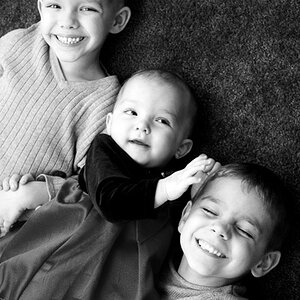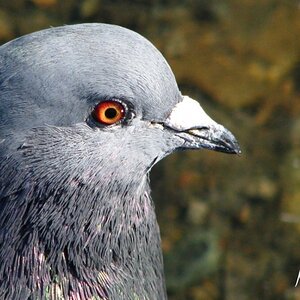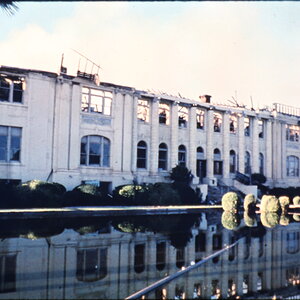SophieM
TPF Noob!
- Joined
- May 12, 2013
- Messages
- 12
- Reaction score
- 0
- Location
- Gatineau, Québec, Canada
- Can others edit my Photos
- Photos OK to edit
Hi everyone!
I need your help! Is there anyway that I can make the glare disappear on the hand and thumb. If so, How.
Thanks, Sophie
Besoin d'aide | Flickr - Photo Sharing!
I need your help! Is there anyway that I can make the glare disappear on the hand and thumb. If so, How.
Thanks, Sophie
Besoin d'aide | Flickr - Photo Sharing!


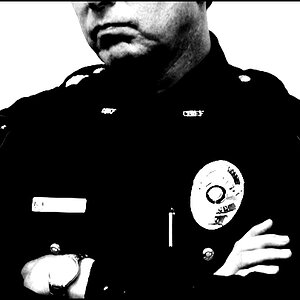
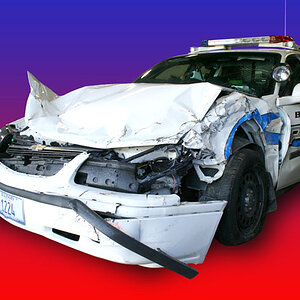
![[No title]](/data/xfmg/thumbnail/39/39293-55a527d2a9b287bf5e5b6d118abab22c.jpg?1619738958)
![[No title]](/data/xfmg/thumbnail/33/33356-9cfc19255e84aab13c903f781a99cf9f.jpg?1619735920)
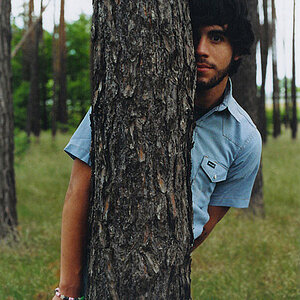
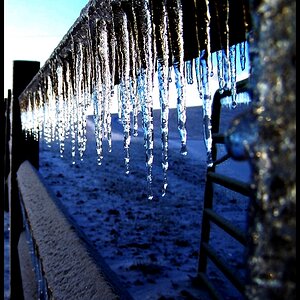
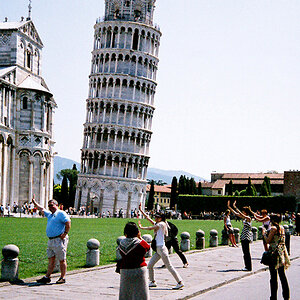

![[No title]](/data/xfmg/thumbnail/33/33360-ff0b69685c94740bde3f53b6d7aa9af1.jpg?1619735924)
